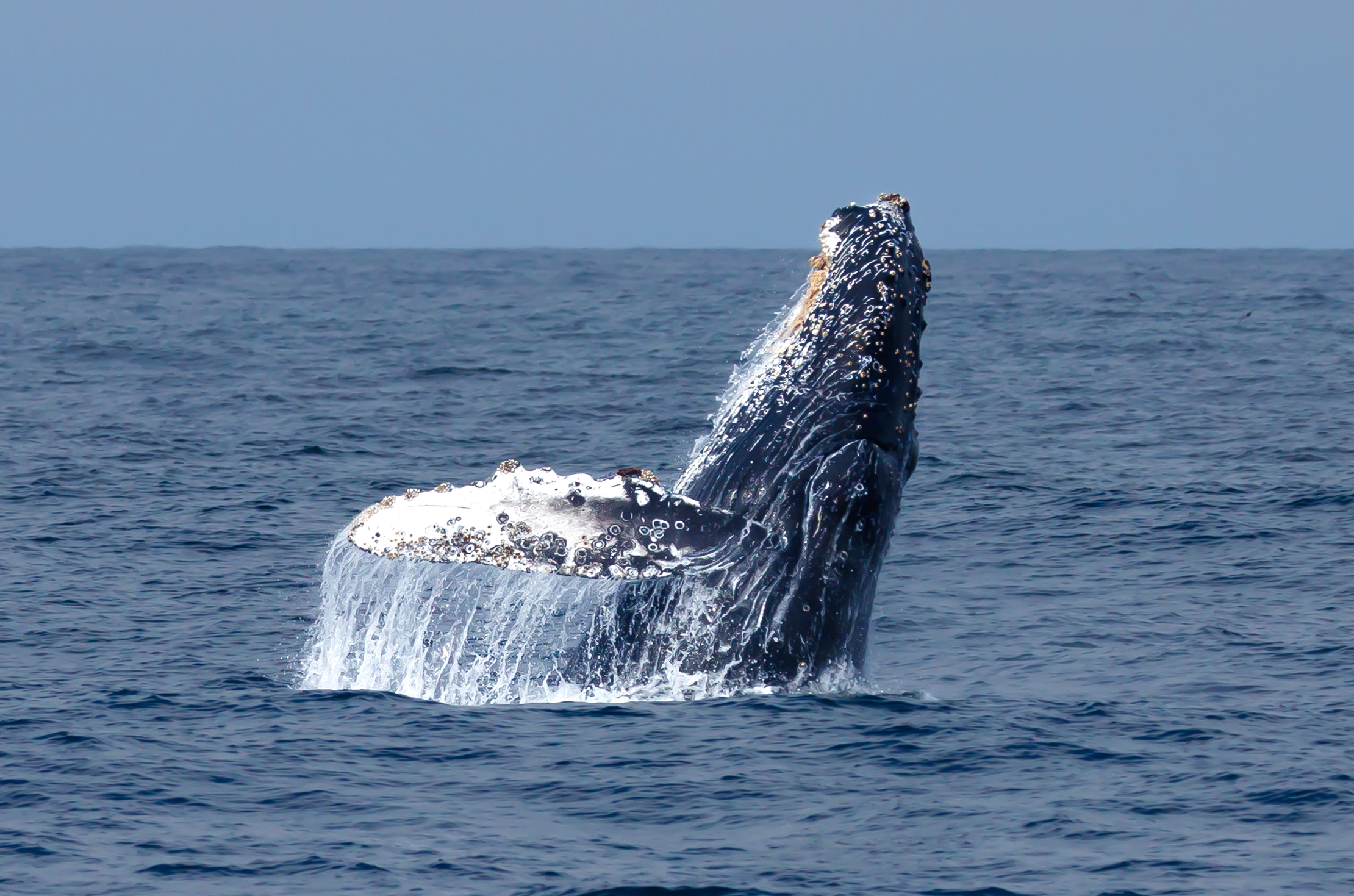
The Gray Whales Are On The Move Again
Among the things we look forward to each spring along the Oregon Coast is Spring Whale Watch Week, always the last week in March.
Even if you miss this peak week of activity, the whales are on the move well into April and May as they make their way north to their Alaskan summer feeding grounds.
According to Oregon State Parks Whale Watch program, an estimated 18,000 gray whales are living in the Pacific Ocean’s northeastern corner, along the West Coast of the United States. During the migration, about six whales per hour will be northbound during the course of their four-month journey.
Some Stay Close
Of those scores of gray whales, more than 200 opt to feed off the Oregon Coast during the summer rather than travel all the way to Alaska. This makes our area a great place to see gray whales in action. In fact, Oregon State Parks includes Yachats on its map of the best places to see whales along the Oregon Coast!
Yachats is lucky to be just north of the Cape Perpetua Marine Reserve, an area that is protected from any ocean development and where removal of animals and seaweeds is forbidden. Within the reserve are kelp forests, important foraging grounds for gray whales. Your chances of seeing gray whales, even from your oceanfront window at The Fireside Motel, are excellent.
Tips for Sighting Whales
Gray whales can be quite active, leaving lots of clues for watchers on the shoreline. The Whale Trail provides the following clues to look for as you scan the ocean:
- Spouts or blows: When a whale exhales at the surface of the ocean, it releases plumes of water that are visible on the horizon.
- Dorsal fins: Located on a gray whale’s back, dorsal fins emerge above the water line as they swim near the surface. Gray whale dorsal fins are generally smaller than, say, those of an orca whale. Be sure to have binoculars on hand to improve your view.
- Tail flukes: These are usually visible when a whale is diving down into the ocean. Look for the gray whale to come up in a different place from where they dove down.
- Behaviors: Splashing is a good indicator of animal activity. Gray whales splash a lot when they breach, that is, propel themselves out of the water and splash down again.
- Groups: Some whales travel in groups, and so the more there are, the more likely you’ll see their activity, as opposed to seeing one lone whale on the horizon.
Whenever you’re out and about this spring, scan the ocean frequently. You’re bound to see gray whales on the move!
Related post: What Do Gray Whales Eat, Anyway?
OCEAN & BEACHES
